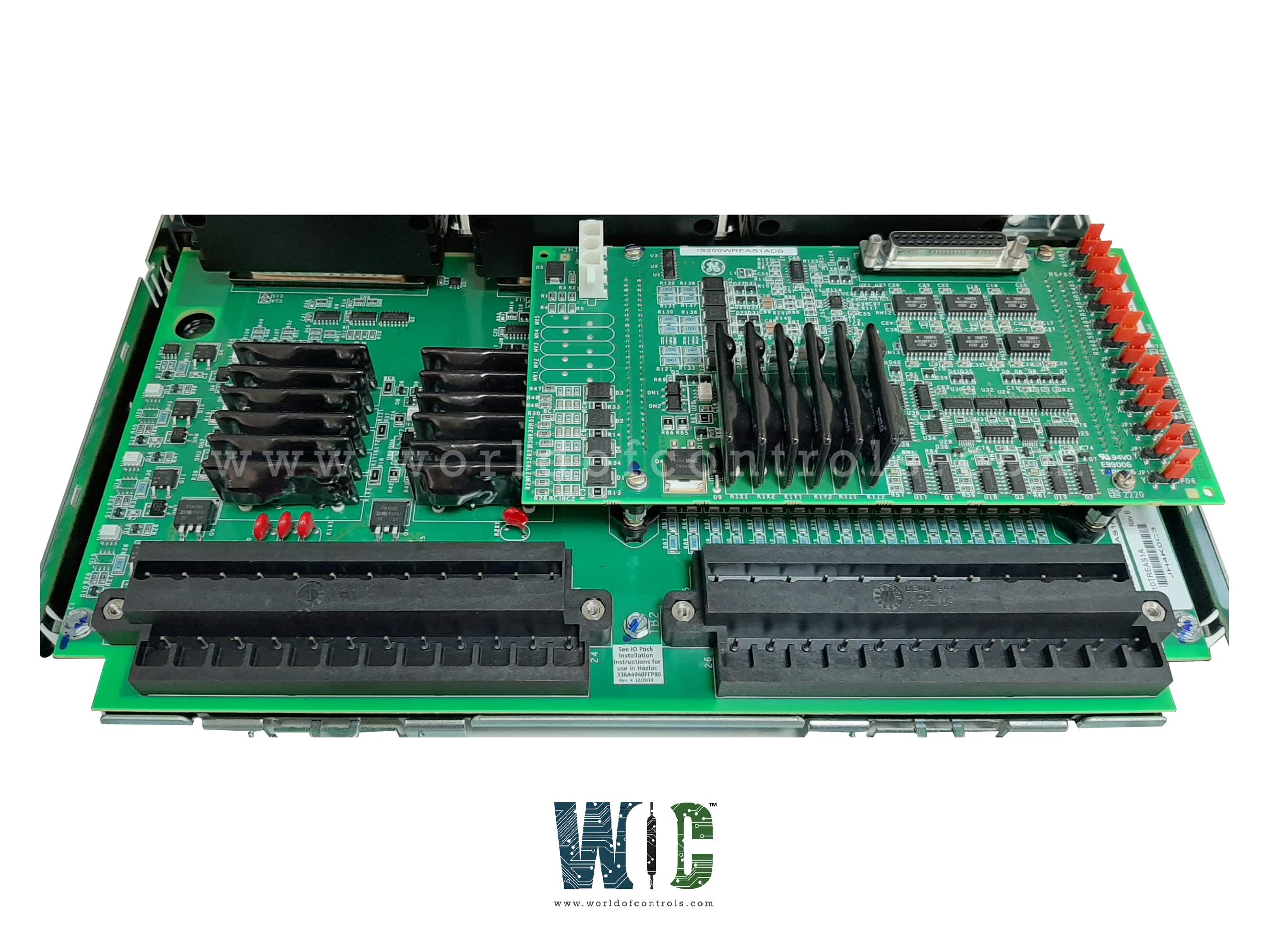
World Of Controls understands the criticality of your requirement and works towards reducing the lead time as much as possible.
IS210TRESH1A - Emergency Trip DINrail Board is available in stock which ships the same day.
IS210TRESH1A - Emergency Trip DINrail Board comes in UNUSED as well as REBUILT condition.
To avail our best deals for IS210TRESH1A - Emergency Trip DINrail Board, contact us and we will get back to you within 24 hours.
Part No.: IS210TRESH1A
Manufacturer: General Electric
Product Type: Emergency Trip DINrail Board
Number of trip solenoids: 3
Trip Solenoid Rating: 125 V dc
Product Type: Steam Turbine Emergency Trip Terminal Board
Technology: Surface Mount
Common Mode Voltage Range: ±5 V
Dimensions: 17.8 cm wide x 33.02 cm
Operating temperature: 0 to 60 oC
No.of Analog Voltage Inputs: 6
Availability: In Stock
Country of Manufacture: United States (USA)
Series: Mark VI
IS210TRESH1A is an Emergency Trip DINrail Board developed by GE. It is a part of the Mark VI control system. It operates under the control of an I/O controller and is responsible for managing emergency stop functions, primarily by providing power to three emergency trip solenoids. These solenoids are connected between the board and the TRPS terminal boards. TRES supplies the positive side of a 125 V DC power source to the solenoids, while it provides the negative side. This coordinated system ensures effective and reliable turbine trip activation during emergencies, especially when overspeed conditions are detected.
World of Controls has the most comprehensive collection of GE Mark VI components. Please contact WOC as soon as possible if you require any extra information.
What is IS210TRESH1A?
It is an Emergency Trip DINrail Board developed by GE
What is the purpose of the trip solenoids in the system?
The trip solenoids are responsible for triggering the turbine shutdown mechanism in case of an emergency, such as overspeed. When activated, they help stop the turbine by cutting off power or steam supply to prevent damage.
Where are the trip interlocks wired in the system?
Up to seven trip interlocks are wired to the second I/O terminal block. These interlocks serve as additional safety measures to ensure that the turbine only trips when necessary conditions are met, preventing accidental or unnecessary shutdowns.
What does Connector J2 do in the system?
Connector J2 carries three power buses from the Trip Relay Protection System (TRPS). These buses provide the necessary power to ensure that the trip solenoids and other components of the TRES system function correctly during emergency conditions.